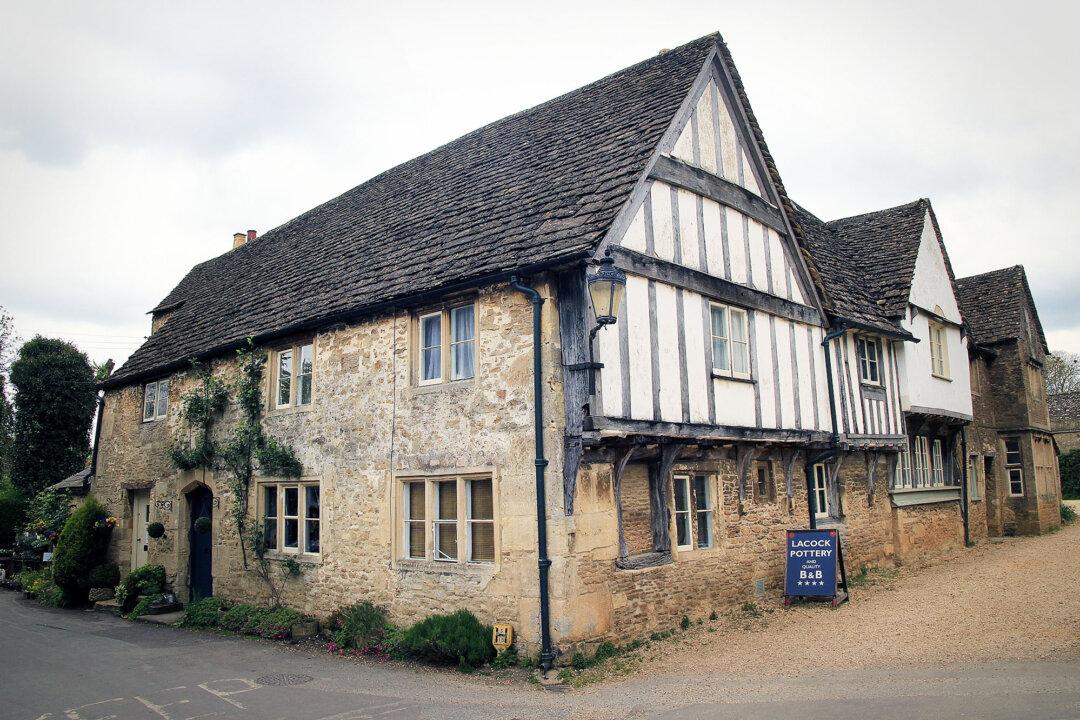Any youngster who loves to draw knows the wonder of creating worlds limited only by their own imagination. Creating artwork is a sort of metaphysical creation of grasping what is beyond the world of perception, and representing it through various artforms such as drawing, painting, and sculpture.
Most cultures, historically, held gods to be the highest, most perfect metaphysical manifestations and set their sights on trying to represent them through artwork, in order to impart certain values in their societies. One could say that the representation of gods is the soul of art.






